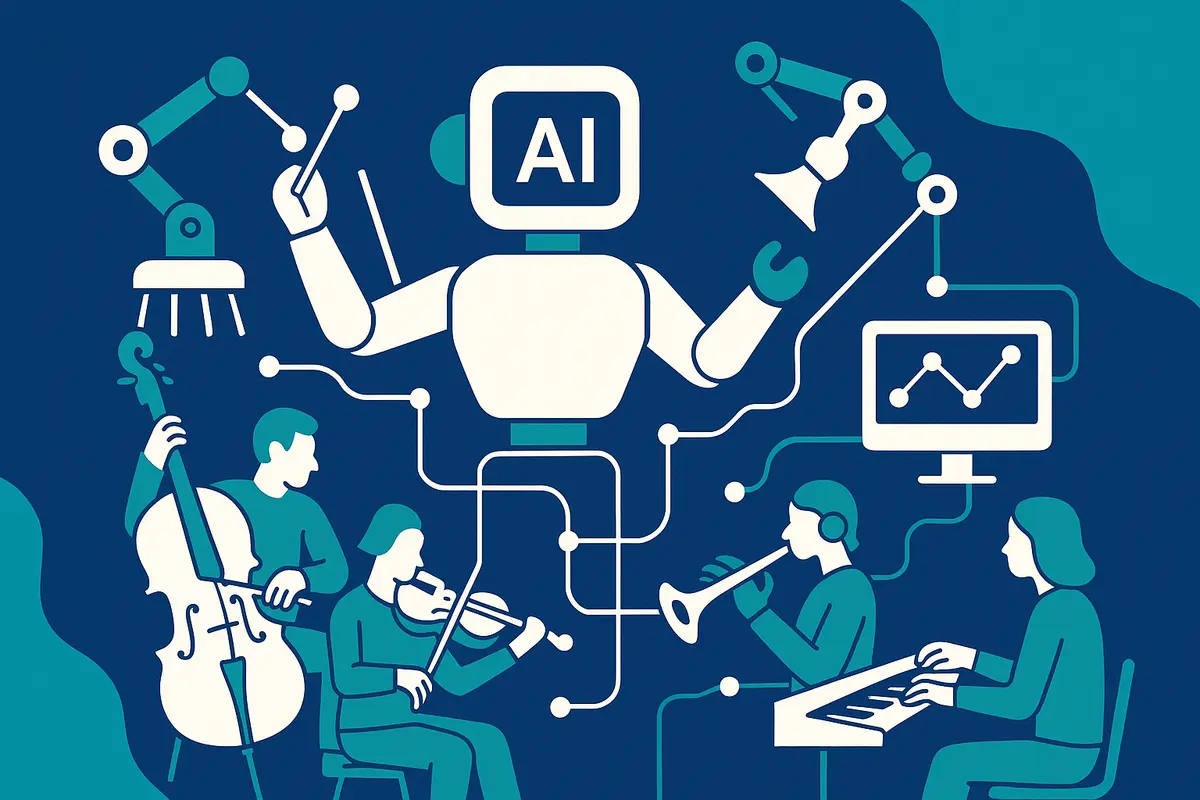
Frasertec AI Bootcamp Chronicle (4): Tackling Complex Challenges with a Diversified AI Tool Collaboration Strategy
In [AI Bootcamp Chronicles (Part 3)], we established the core principle of "architecture-first," bringing unprecedented stability to the development process. However, when we confidently applied this methodology to a simulated, highly complex scenario, we encountered the limitations of a single AI tool, sparking a new exploration into "AI Collaborative Operations."
When One AI Isn’t Enough: A Real-World Complex Challenge
The challenge we set for the team was: developing an "Intelligent Opportunity Recommendation" module. This module needed to:
- Read an unstructured customer inquiry email.
- Accurately identify product models, quantities, and potential budgets from the email content.
- Query the company's internal product database to check inventory status.
- Recommend one or two relevant upgrade products based on the customer's purchase history.
- Finally, generate a professional, personalized draft reply email.
Initially, we attempted to assign the entire task to our most proficient single AI development tool. While it excelled at the first step—"reading email content"—it began faltering at the third step ("checking inventory") and fourth step ("intelligent recommendations"). It couldn’t reliably handle complex interactions with the database, and its recommendation logic felt rigid.
From "AI User" to "AI Conductor"
This bottleneck revealed a critical insight: no single AI tool is omnipotent. Just as a hammer can’t replace a screwdriver in a toolbox, our role had to evolve from being a "user" trying to solve every problem with one tool to becoming a "conductor" who selects the right tool for each task.
The professionalism of Frasertec lies not only in mastering technology but also in deeply understanding the boundaries of each tool and skillfully combining them. Our approach quickly shifted to the following strategies:
- Building an "AI Orchestra"—Evaluating and Combining Tools
We stopped searching for the "best AI" and instead sought the "right AI" for specific tasks.
- Natural Language Processing (NLP) AI: Specialized in the first step, accurately parsing human language in emails.
- Database Interaction AI: Dedicated to the third step, translating parsed requirements into precise database queries.
- Logical Reasoning AI: Focused on the fourth step, executing recommendation algorithms based on query results and customer history.
- Text Generation AI: Handled the final step, consolidating all results into a coherent, natural-sounding email.
- Designing the "Score"—Establishing Collaborative Workflows
We designed a cross-tool "workflow," deconstructing complex tasks into an assembly line. The output of one AI was automatically formatted as the standardized input for the next, ensuring the entire "orchestra" played in harmony.
- Adapting on the Fly—Overcoming Technical Bottlenecks
When an AI underperformed at a certain stage, we could swiftly reassign the task to a backup tool, preventing project delays.
Conclusion: A Combinatorial Strategy for Problems Without "Standard Answers"
This攻坚 experience became one of the most valuable takeaways from our Bootcamp. It proved that true professional service capability isn’t about blindly pursuing a single "super AI" but about mastering diverse tools and deploying flexible combinatorial strategies to tackle real-world complexities—even non-standard problems.
We don’t just use AI; we strive to become "conductors" of AI technology. This invaluable experience will significantly enrich the depth and breadth of our solutions, ensuring that no matter how unique your needs are, we have the confidence and capability to compose the perfect solution for you.
Want to learn more about our AI Rapid Development Services?
Contact us on WhatsApp now: 852 25788828